We departed Azofra after dropping off our bags at the Municipal Albergue for despatch to Santo Domingo de la Calzada – home of the rooster and chicken. We quickly found that our headlights are not adequate to the task – while new batteries might help, I suspect we will ultimately need more powerful lamps.
The path is a generally shallow climb through agricultural land. We passed a small waterfall near the road.
Just before Cirueña we stopped at a rest area near a donativo fruit stand. We had some breakfast – bananas, bread and sardines, a small madeira cake and water.
We arrived at Cirueña by 10.00AM and stopped at the golf club for a coffee and loo stop. They offered special prices for pilgrims. We caught up on conditions ahead and updated our friends on our progress via the free wifi, and then in walked Kathy from the US so we had a good catch-up over coffee.
A steady climb took us most of the way to Santo Domingo, then we descended into the town itself.
We checked into an albergue – there were many rules (lights out at 10.00pm, no-one up before 0700am, everyone out by 0830am etc etc – it was quite a list!) I guess that’s how Harry Potter felt at the boarding school! The showers were barely functional, but we were able to get our laundry done at the laundromat across the street.
The cathedral looked intriguing so we went off to check it out. As we entered, there was the distinct sound of a cock crowing. And it wasn’t outside…
Here is the story of the Rooster and the Hen:
“Amongst the many pilgrims who have come to Santo Domingo to pay homage to the sacred relics of St Dominic of the Causeway (Santo Domingo de la Calzada), there came a couple wth their 18 year old son called Hugonell, from Germany.
The young girl at the inn (inn-keeper’s daughter) fell in love with the son, but faced with his indifference to her advances, she decided to get her own back. She sneaked a silver cup into his baggage, and when the pilgrims took to the road, she reported the theft to the magistrate. Theft was a hanging offence, and once the young man was arrested he was tried and sentenced and subsequently hanged.
When his parents went to see the body of their son they were stunned to hear their son’s voice tell them that St Dominic of the Causeway had saved his life. They went immediately to the city magistrate’s home and told him of the miracle. Incredulous, he proclaimed that their son was about as alive as the roasted rooster and chicken he was about to eat. At that very moment, the rooster and chicken leapt up from the plate and started to crow.” This led to the saying: “St Dominic of the Causeway where a chicken sings after it is roasted”
The story goes that the magistrate, realising his injustice, gave money for a cathedral to be built, and chickens have been roosting there ever since. We got our credentials stamped at the cathedral.
The story is intriguing at a number of levels. Firstly, there is some discussion as to who actually performed the miracle – it was attributed either to St Dominic, or to St James. There are versions of the story crediting St James with saving the youth, and versions crediting St Dominic of the Causeway.
So I dug a little deeper. And the plot thickens. It seems there are several stories of the return or miraculous survival of people unjustly hanged for a crime they did not commit. Some include the jilted lover component, and there are separate stories of the miraculous recovery of chickens and roosters and other animals as proof of the innocence of the victims of justice, such as that in the stories of St Brigit in the Celtic tradition. And there is a Portuguese story combining all these elements. Intriguingly, there is also a tradition dating from the alchemist and saint, Albertus Magnus, of seeming wonders being performed relating to animals being revived miraculously. There are even medieval recipes for putting a chicken to sleep with wine-soaked bread, before plucking and basting them with honey and saffron so they appear roasted, then reviving them on the plate with a little vinegar.
Santo Domingo was an engineer who built bridges and roads. He was an aspiring monk who was rejected by two monasteries, despite making substantial donations to them. To be made a saint after his death he is required to have two or more documented miracles attributed to his intervention. St James had already been proclaimed a saint as one of the Apostles, and local support for St Dominic the engineer was strong as he had successfully bridged the dangerous river Oja, so in the end, the miracle was attributed to St Dominic.
We had dinner with Kathy and we exchanged details to stay in contact – though we will likely meet up in Burgos.
And so to bed – I have an upper bunk. But with 26 beds and two small windows left only a little ajar, it will be interesting to see how much sleep is had tonight.
________________________________________
INDEX – If you wish to follow our journey from the beginning, or jump in to any of the Camino posts,
here is a link to the index page – which can also be found in the navigation bar at the top of this blog
________________________________________


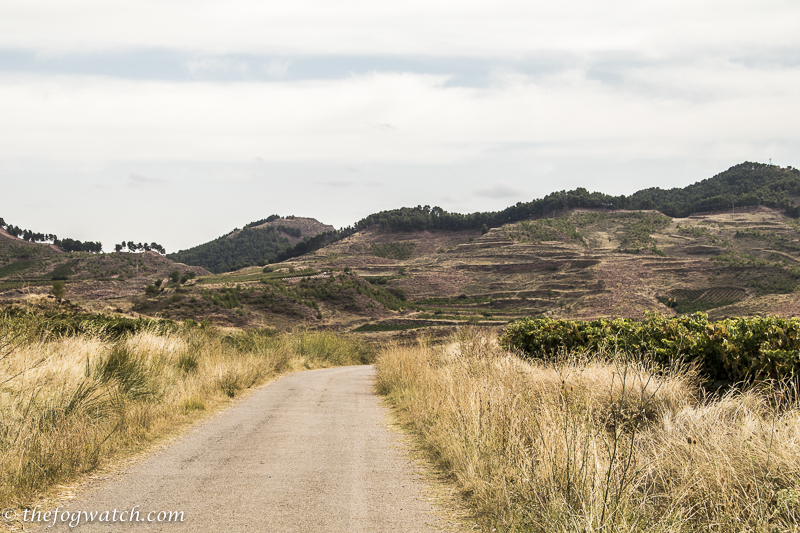
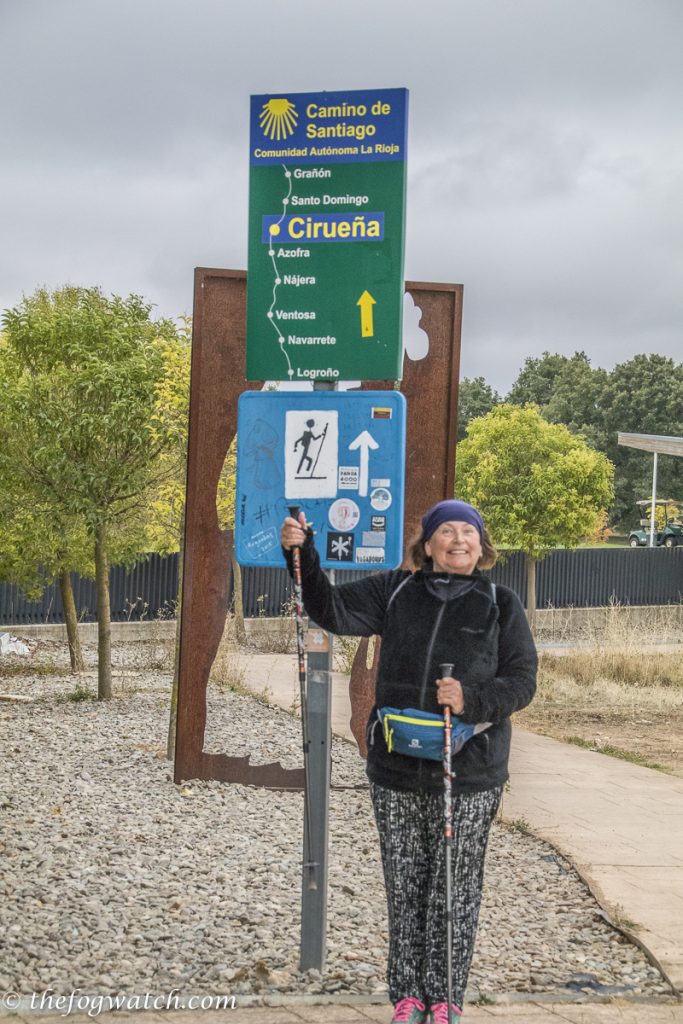
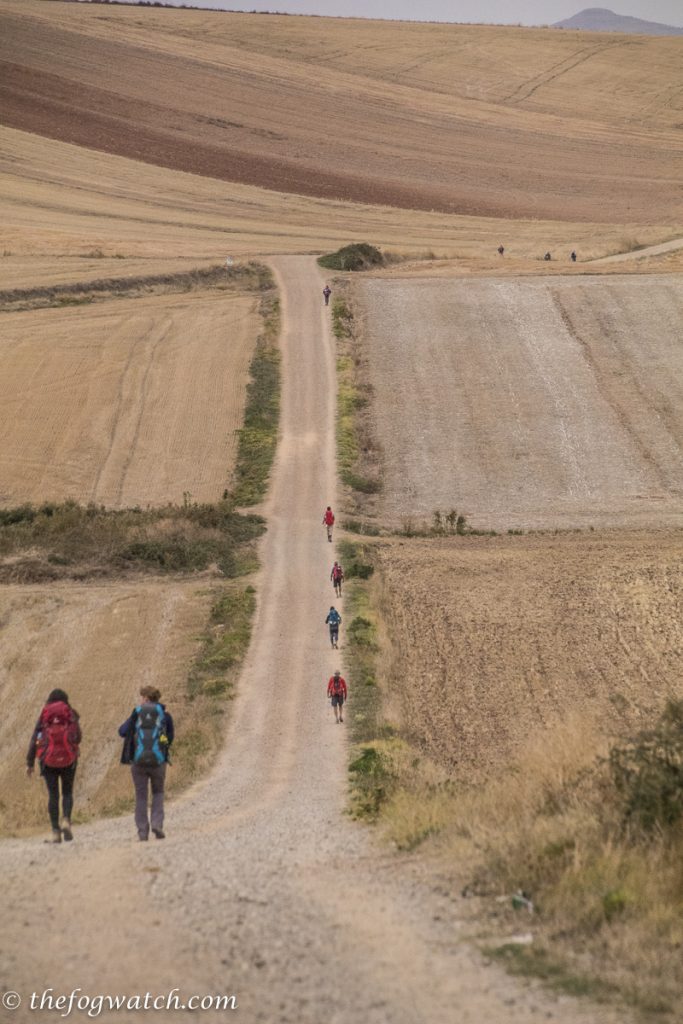
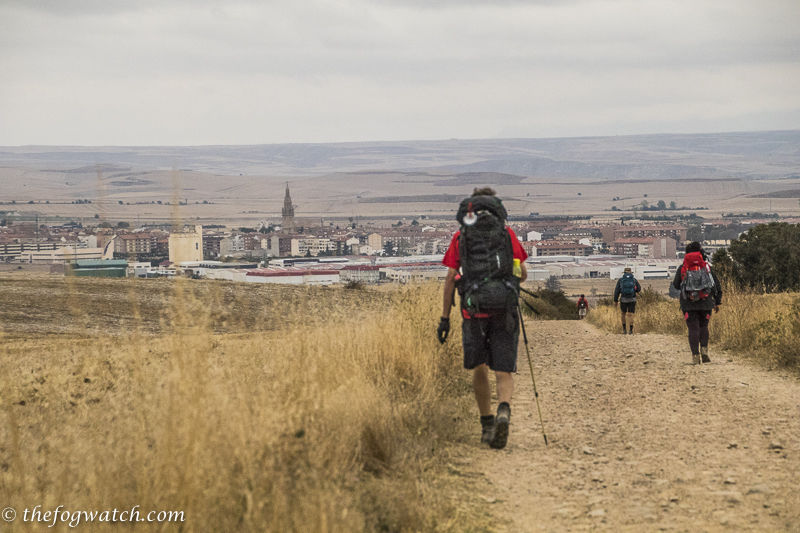

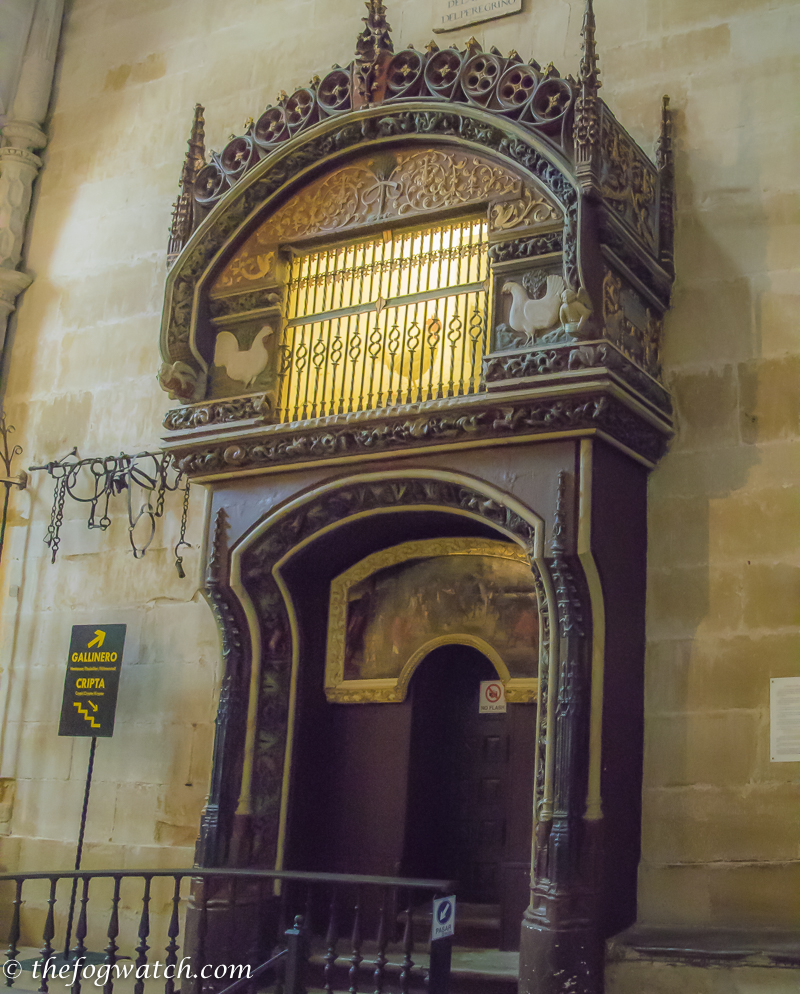
Hi Jerry, wonderful post. It was great spending time with you and Sharon in Santo Domingo and watching the roosters. I’m so glad that I stopped here on the Camino. I remember that the walk was quite pleasant as well. Thanks so much for sharing. Loved the video.
It was great sharing this with you, Kathy – and I agree the walk was very pleasant 🙂
Jerry,
See the legend of the rooster in Barcelos, Portugal.
Enjoying the read,
Cheers
Ashley
Thanks Ashley – I was trying to recall Barcelos – much appreciated!